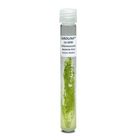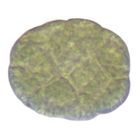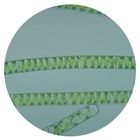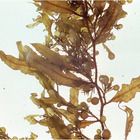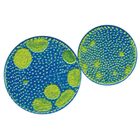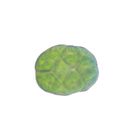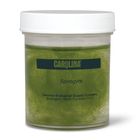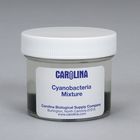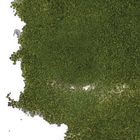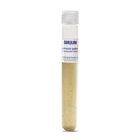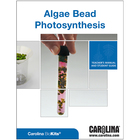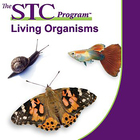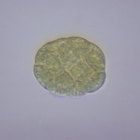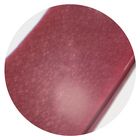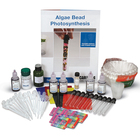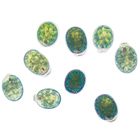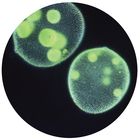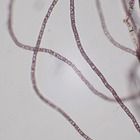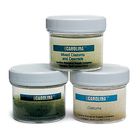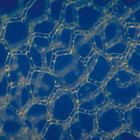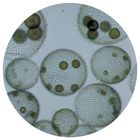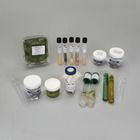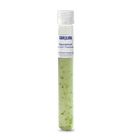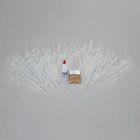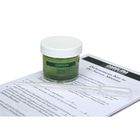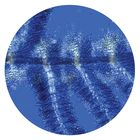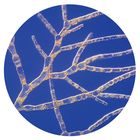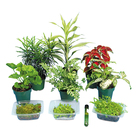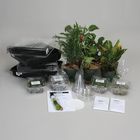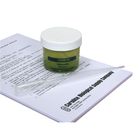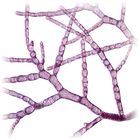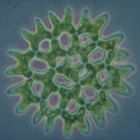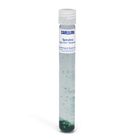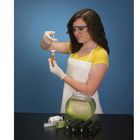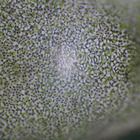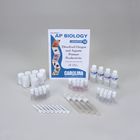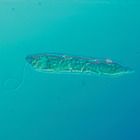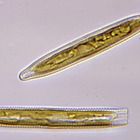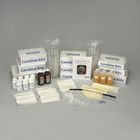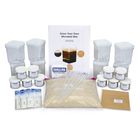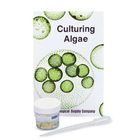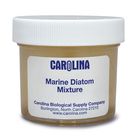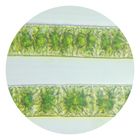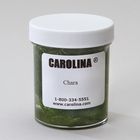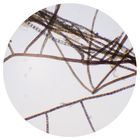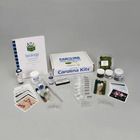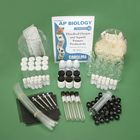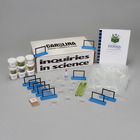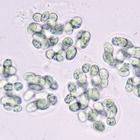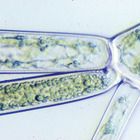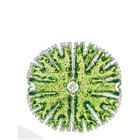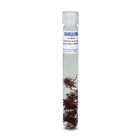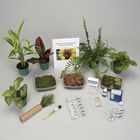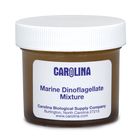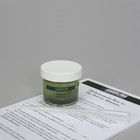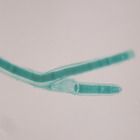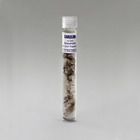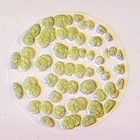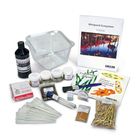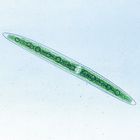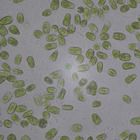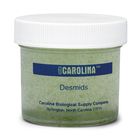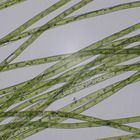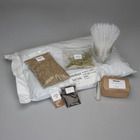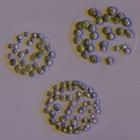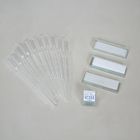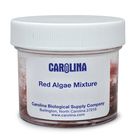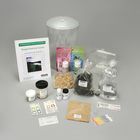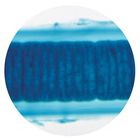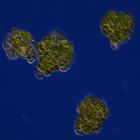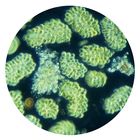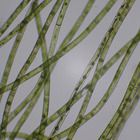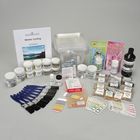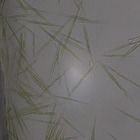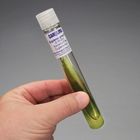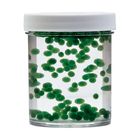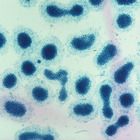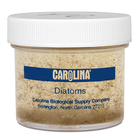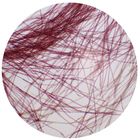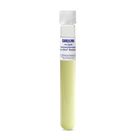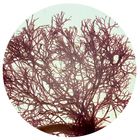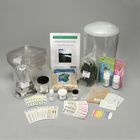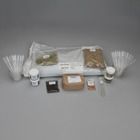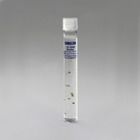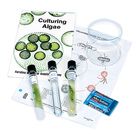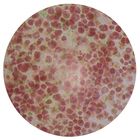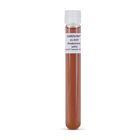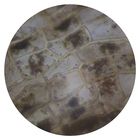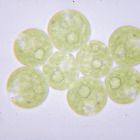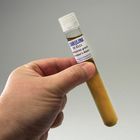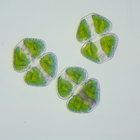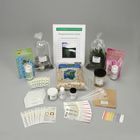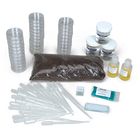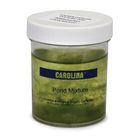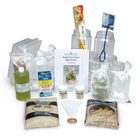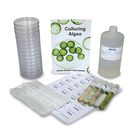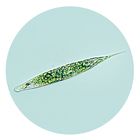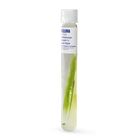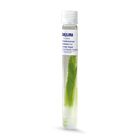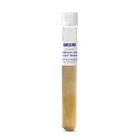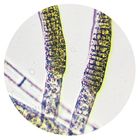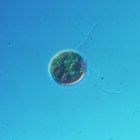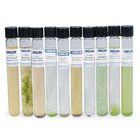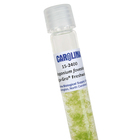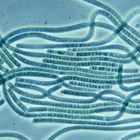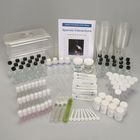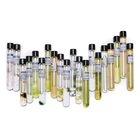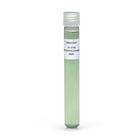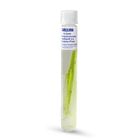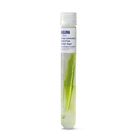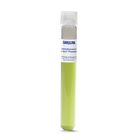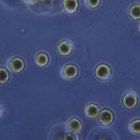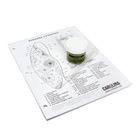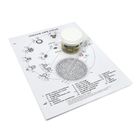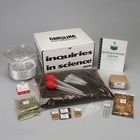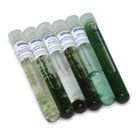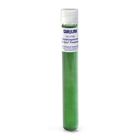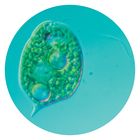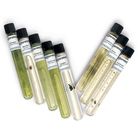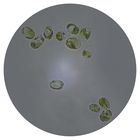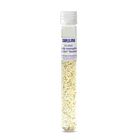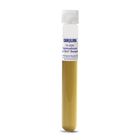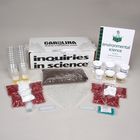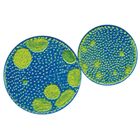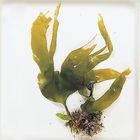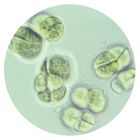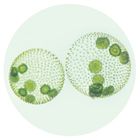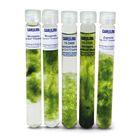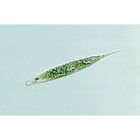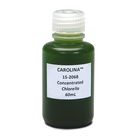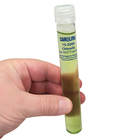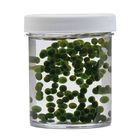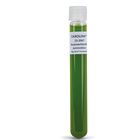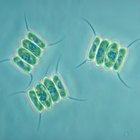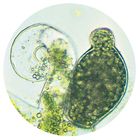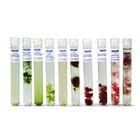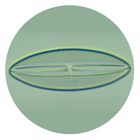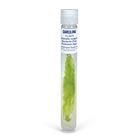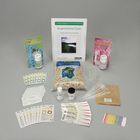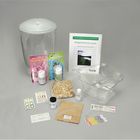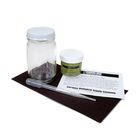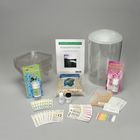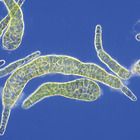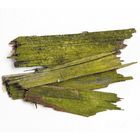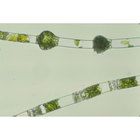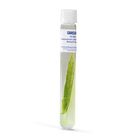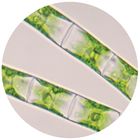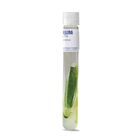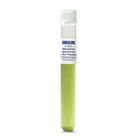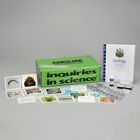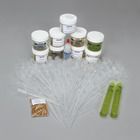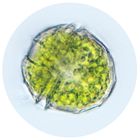Care Guide: Algae
Living Care Information
Algae Cultures
commonly known as Seaweed, green algae,
red algae, brown algae, golden algae, cyanobacteria, blue-green algae
Quick Start Information
Most algae that we offer are cultured in our labs and available year-round.
Algae are photosynthetic. You will need carbon dioxide and a light source to keep them healthy.
Plan to use your cultures within 2 to 3 days of receipt for best results.
Algae can be subcultured in Erlenmeyer flasks, tubes, bottles, or petri dishes.
About the Organism
- Algae is an informal term for a large group of photosynthetic organisms that may or may not be closely related.
- The singular form of algae, alga, means “seaweed” in Latin.
- The study of algae is called phycology.
- The first land plants probably evolved from freshwater algae
- Some algae form symbiotic relationships with other organisms, such as lichens and corals.
- Phylogenetic name(s)
- None. Algae is paraphyletic.
- Common name(s)
- Seaweed,
- green algae, red algae
- brown algae, golden algae,
- cyanobacteria, blue-green algae
Preparation
As soon as your shipment arrives, open the shipping container, remove the culture tubes or jars, and inspect your algae. Loosen the lids on the containers and place them in a beaker or tube rack so they remain upright.
You will receive approximately 30 mL of culture media containing algal cells of the species requested. We do not quantify our cells; however, we do ensure that 30 students will be able to make a traditional wet mount preparation and view the organism using a compound microscope.
Cultures are ready to use when received. Although most cultures will remain viable for a week or more with minimal care, we recommend you plan to use them 2 to 3 days after receipt to ensure the specimens you are examining are the highest quality with respect to cellular morphology.
Housing
No Housing information needed for this organism.
Feeding
No Feeding information needed for this organism.
Maintaining and culturing
For most algae, culturing is best done using fluorescent lights, either cool white or full- spectrum, on a 16-hour light/8-hour dark cycle. Place the lights about 46 cm (18") above the cultures to ensure sufficient light intensity. Red algae and cyanobacteria (blue-green algae) require less light and should be cultured using normal room lighting.
If you wish to subculture, you will need to provide additional containers and nutrition for your algae. Refer to organism-specific information for recommendations on media preparation and lighting. You can find this information in our Carolina® Culturing Algae manual or by contacting our Technical Support team.
Disposal
Carolina provides living organisms for educational purposes only. As a general policy, we do not advocate the release of organisms into the environment. In some states, it is illegal to release organisms, even indigenous species, without a permit. The intention of these laws is to protect native wildlife and the environment.
We suggest that organisms be:
- Maintained in the classroom.
- Donated to another classroom or science department.
- Disposed of properly—see instructions below.
To dispose of cultures, treat them with a 10% bleach solution for 24 hours. Rinse the solution down the drain until you can no longer detect a bleach odor.
Macroalgae can clog drains and should not be flushed down the sink. These specimens can be placed in sealable bags and frozen for 24 hours. Dispose of this material with the regular solid waste after freezing.
Biosafety
No Biosafety information needed for this organism.
Video
FAQs
Will the algae last longer if I place the cultures in a refrigerator?
We don’t recommend refrigeration or rapid temperature changes.
My cultures arrived Friday, and I need them for class Monday. Will they be okay?
Remove the cultures from their shipping container and care for them as directed above. The worst thing to do is leave them in the unopened shipping container.
Can I use tap water with my algae cultures?
No. Tap water may contain metal ions that are harmful to algal growth. Use aged spring or pond water for freshwater algae and natural seawater for marine forms.
What is the difference between item #152069 Chlorella and #152075 Chlorella?
Item #152075 is Chlorella vulgaris growing on an agar medium; it is bacteria-free. For most classroom uses, you must transfer it to liquid media. Item #152069 is Chlorella growing in liquid medium. We do not have a species identification for this Chlorella. Unless you need to know the species, item #152069 is the Chlorella we recommend for most labs.
How do I transfer a bacteria-free culture to liquid?
Flood the surface of the agar with liquid medium, then use a bulb pipet to direct a stream of medium onto the surface of the agar, lifting the cells from the agar. Draw up the liquid and expel it a few times to break up the clumps of cells before transferring into a culture vessel with fresh medium. Another method is to transfer the cells using an inoculating loop in the same way you would transfer a bacterial culture.
Need help?
We want you to have a good experience. Orders and replacements: 800.334.5551, then select Customer Service. Technical support and questions: caresheets@carolina.com


